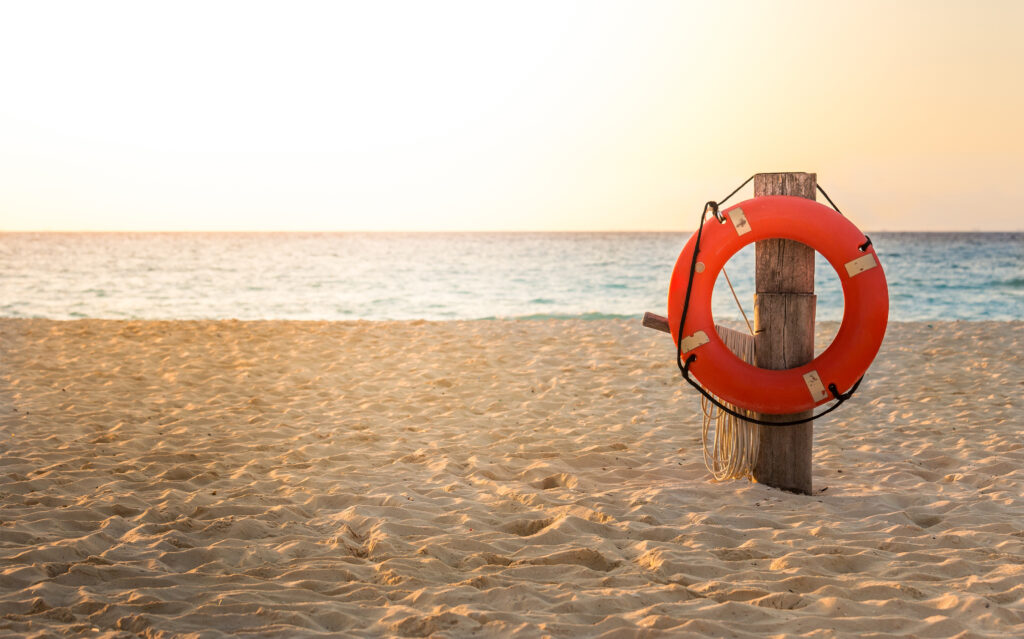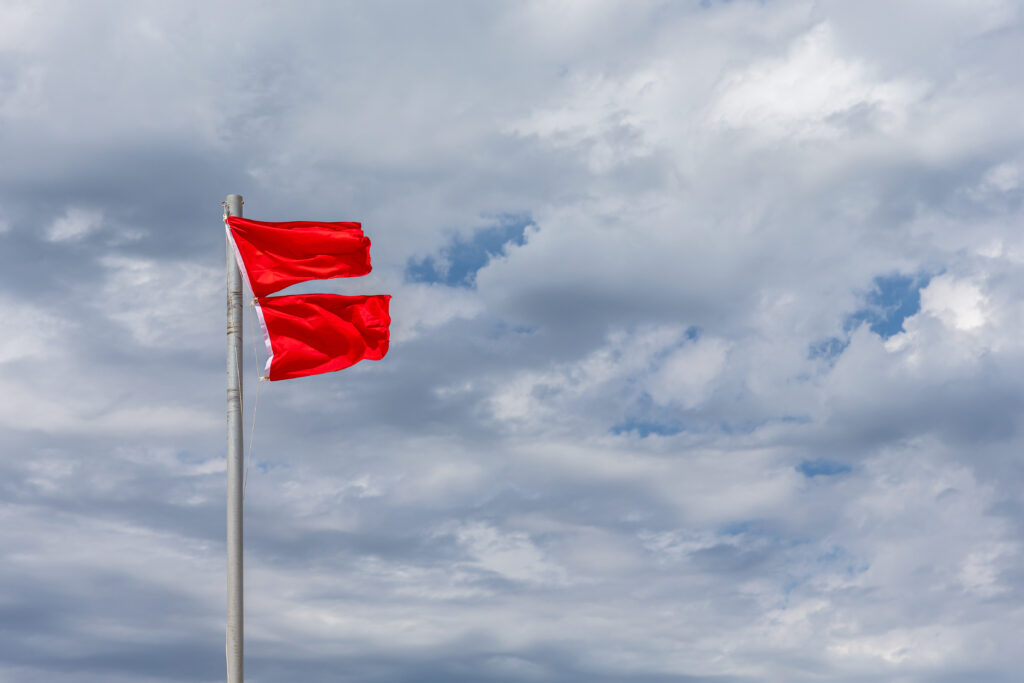
Gulf Shores and Orange Beach vacations mean more fun in the sun at our beautiful beaches! Whether you’re planning a family outing, a romantic getaway, or just a solo day under the sun, beach safety should be your top priority. One essential aspect of this is understanding the beach flag system. In this blog, we’ll break down what each flag means, and provide some essential tips for a safe beach day.
Why is Beach Safety Important?
Before we dive into the flag system, let’s briefly discuss why beach safety is so vital. Oceans can be unpredictable, and conditions at the beach can change rapidly. Rip currents, strong waves, and sudden weather changes can pose serious risks. By being informed and prepared, you can protect yourself and your loved ones while enjoying a day at the beach.

The Beach Flag System
Most beaches around the world use a flag system to communicate surf conditions and hazards. These flags are usually displayed at lifeguard stations, and it’s crucial to pay attention to them before entering the water. Here’s what the different flags mean:
1. Green Flag: Safe Conditions- Ideal swimming conditions. The water is generally calm, and there are no hazards present.
What You Should Do: Enjoy swimming, but always be cautious and stay within designated swimming areas.
2. Yellow Flag: Moderate Conditions-There are moderate surf and/or currents. Swimmers should exercise caution.
What You Should Do: It’s okay to swim, but be mindful of your surroundings and avoid going too far out.
3. Red Flag: High Hazard- Dangerous conditions, such as strong currents or high surf. Swimming is not advised.
What You Should Do- Stay out of the water and find other activities. Consider walking along the beach or enjoying a beachside picnic instead.
4. Double Red Flags: Water Closed- The water is closed to the public. Serious hazards are present.
-What You Should Do: Do not enter the water under any circumstances. Pay attention to lifeguards and follow their instructions.
5. Purple Flag: Marine Pests- Jellyfish, stingrays, or other marine pests are present.
What You Should Do:Be cautious and consider avoiding swimming. If you choose to swim, wear protective clothing and be vigilant.

Additional Beach Safety Tips
1. Swim Near a Lifeguard: Always swim in areas where lifeguards are present. They are trained to handle emergencies and monitor conditions closely.
2. Know Your Limits: Be honest with yourself about your swimming abilities. If you’re unsure, don’t venture too far out.
3. Stay Hydrated: The sun can be deceiving. Drink plenty of water throughout the day to stay hydrated and avoid heat exhaustion.
4. Use Sunscreen: Protect your skin with a high-SPF sunscreen and reapply every two hours, especially after swimming.
5. Educate Your Kids: If you’re at the beach with children, make sure they understand the flag system. Teach them to look for flags and what they mean.
6. Keep Watch for Weather Changes: Be aware of changing weather conditions. If storms approach, leave the beach immediately.

Conclusion
Understanding the beach flag system and practicing beach safety are vital for enjoying a day by the ocean. By being aware of the conditions and following safety tips, you can have a fun and safe beach experience this summer. So remember to pack your sunscreen, keep an eye on those flags, and enjoy the beauty of the beach!
